Yemen
The Republic of Yemen commonly known as Yemen is a country located in the Western Asia, occupying the southwestern to southern end of the Arabian Peninsula. It is bordered by Saudi Arabia to the north, the Red Sea to the west, and Oman to the east.
Yemen has a land area of 555,000 km2 (214,000 sq mi) and a population of approximately 24 million (2010). Its capital and largest city is Sana'a. Yemen's territory includes over 200 islands, the largest of which is Socotra, about 415 km (258 mi) to the south of mainland Yemen, off the coast of Somalia. It is the only state in the Arabian Peninsula to have a purely republican form of government.

Geography
Yemen is located in Western Asia, in the southern half of the Arabian Peninsula, bordering the Arabian Sea, Gulf of Aden, and the Red Sea. It lies south of Saudi Arabia and west of Oman, between latitudes 12° and 19° N and longitudes 42° and 55° E.
A number of Red Sea islands, including the Hanish Islands, Kamaran, and Perim, as well as Socotra in the Arabian Sea, belong to Yemen. Many of the islands are volcanic; for example Jabal al-Tair had a volcanic eruption in 2007 and before that in 1883.
At 527,970 km2 (203,850 sq mi), Yemen is the world's 50th-largest country. It is comparable in size to Thailand and larger than the U.S. state of California. Yemen is situated at 15°N 48°E.
Tihama on the Red Sea near Khaukha
Until the signing of the Yemen-Saudi Arabia peace treaty in July 2000 Yemen's northern border was undefined; the Arabian Desert prevented any human habitation there.
The country can be divided geographically into four main regions: the coastal plains in the west, the western highlands, the eastern highlands, and the Rub al Khali in the east.
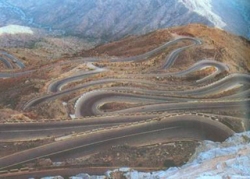 |
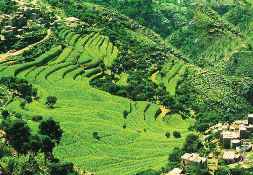 |
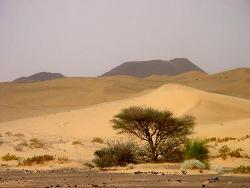 |
The Tihamah ("hot lands" or "hot earth") form a very arid and flat coastal plain along Yemen's entire Red Sea coastline. Despite the aridity, the presence of many lagoons makes this region very marshy and a suitable breeding ground for malaria mosquitoes. There are extensive crescent-shaped sand dunes. The evaporation in the Tihamah is so great that streams from the highlands never reach the sea, but they do contribute to extensive groundwater reserves. Today, these are heavily exploited for agricultural use. Near the village of Madar about 48 km (30 mi) north of Sana'a, dinosaur footprints were found, indicating that the area was once a muddy flat.
The Tihamah ends abruptly at the escarpment of the western highlands. This area, now heavily terraced to meet the demand for food, receives the highest rainfall in Arabia, rapidly increasing from 100 mm (3.9 in) per year to about 760 mm (29.9 in) in Ta'izz and over 1,000 mm (39.4 in) in Ibb.
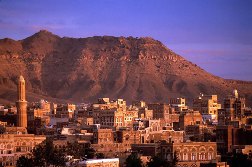 |
 |
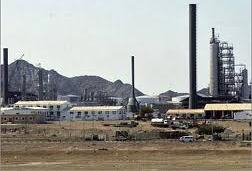 |
Northern Yemen landscape
Agriculture here is very diverse, with such crops as sorghum dominating. Cotton and many fruit trees are also grown, with mangoes being the most valuable. Temperatures are hot in the day but fall dramatically at night. There are perennial streams in the highlands but these never reach the sea because of high evaporation in the Tihamah.
The central highlands are an extensive high plateau over 2,000 metres (6,562 ft) in elevation. This area is drier than the western highlands because of rain-shadow influences but still receives sufficient rain in wet years for extensive cropping. Diurnal temperature ranges are among the highest in the world: ranges from 30 °C (86 °F) in the day to 0 °C (32 °F) at night are normal. Water storage allows for irrigation and the growing of wheat and barley. Sana'a is located in this region. The highest point in Yemen is Jabal an Nabi Shu'ayb, at 3,666 metres (12,028 ft).
Yemen's portion of the Rub al Khali desert in the east is much lower, generally below 1,000 metres (3,281 ft), and receives almost no rain. It is populated only by Bedouin herders of camels.
The growing scarcity of water is a source of increasing international concern. See Water supply and sanitation in Yemen.
 |
 |
Economy
Yemen is one of the poorest and least developed countries in the Arab World, with a formal 35% employment rate, dwindling natural resources, a young population and increasing population growth. Yemen's economy is weak compared to most countries in the Middle-East, mainly because Yemen has very small oil reserves. Yemen's economy depends heavily on the oil it produces, and its government receives the vast majority of its revenue from oil taxes. But Yemen's oil reserves are expected to be depleted by 2017, possibly bringing on economic collapse. Yemen does have large proven reserves of natural gas. Yemen's first liquified natural gas (LNG) plant began production in October 2009.
Rampant corruption is a prime obstacle to development in the country, limiting local reinvestments and driving away regional and international capital. Foreign investments remain largely concentrated around the nation's hydrocarbon industry.
Beginning in the mid-1950s, the Soviet Union and China provided large-scale assistance. For example, China is involved with the expansion of the Sana'a International Airport. In the south, pre-independence economic activity was overwhelmingly concentrated in the port city of Aden. The seaborne transit trade, which the port relied upon, collapsed with the closure of the Suez Canal and Britain's withdrawal from Aden in 1967.
Since unification in 1990, the government has worked to integrate two relatively disparate economic systems. However, severe shocks, including the return in 1990 of approximately 850,000 Yemenis from the Persian Gulf states, a subsequent major reduction of aid flows, and internal political disputes culminating in the 1994 civil war hampered economic growth.
In the late 20th century Sana'a’s population grew rapidly, from roughly 55,000 in 1978 to more than 1 million in the early 21st century. Sana'a may be the first capital city in the world to run out of water.
Since the conclusion of the war, the government made an agreement with the International Monetary Fund (IMF) to implement a structural adjustment program. Phase one of the program included major financial and monetary reforms, including floating the currency, reducing the budget deficit, and cutting subsidies. Phase two will address structural issues such as civil service reform.
 |
 |
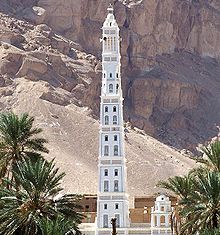 |
Oil and Natural Gas
The latest statistics indicates that Yemen's oil production reached up to (116.67) million barrels at the end of the year 2007. One of the most prominent oil fields in Yemen is Masila Basin sector (14), which was discovered in the year 1993. The Yemeni government is keen to develop its oil fields to increase oil production that results in increasing national wealth in response to the requirements of economic and social development in the country. Oil production contributes in the Gross Domestic Product (GDP) by (30-40)%, and by 90% of the exportation revenue of the country.
The liquefied natural gas project in Balhaf is the largest project accomplished in Yemen at the present time and is expected to generate profits up to $30 billion over 25 years, and is currently run by Yemen Liquefied Natural Gas Company (YLNGC). Despite that, the Yemeni individual suffers from gas as fuel for homes and its prices recently reached to the point where it costs more than twice as much as electricity consumption for the same amount of energy.
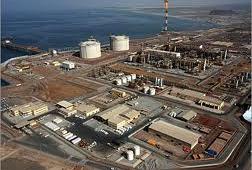 |
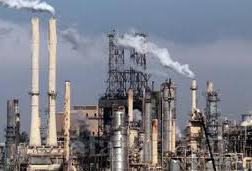 |
 |


